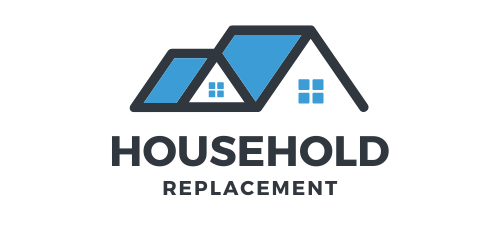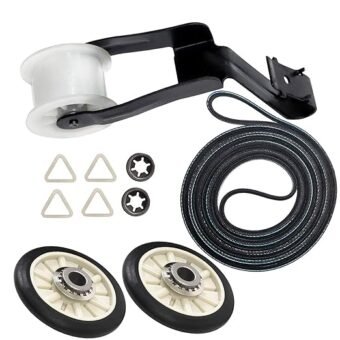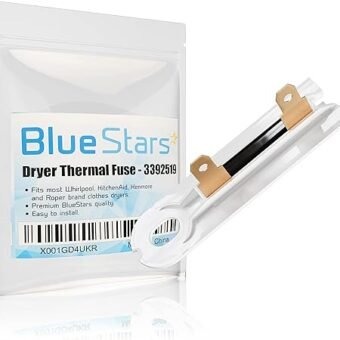Identifying and Replacing Harmful Household Items
Modern households often contain items that inadvertently contribute to an unhealthy living environment. One major category includes cleaning supplies. Many conventional cleaning products contain volatile organic compounds (VOCs), which can cause respiratory issues, headaches, and other health problems. According to a study published by the American Lung Association, long-term exposure to VOCs can exacerbate asthma and reduce lung function. To identify harmful cleaning supplies, check for ingredients such as ammonia, bleach, and phthalates. Healthier alternatives include natural cleaning products, specifically those labeled as non-toxic and environmentally friendly.
Another significant concern involves plastic containers used for food storage. Plastics can contain harmful chemicals like bisphenol A (BPA) and phthalates, which have been linked to hormonal disruptions, reproductive issues, and increased cancer risk. Research published in the International Journal of Environmental Research and Public Health suggests that these chemicals can leach into food, especially when containers are heated. To mitigate these risks, replace plastic containers with glass or stainless steel options, which are safer and more durable.
Non-stick cookware is another household item that may pose health risks. Traditional non-stick coatings often contain perfluorooctanoic acid (PFOA), a chemical associated with toxic fumes and adverse health effects. Investigations by the Environmental Working Group (EWG) indicate that PFOA exposure can lead to liver damage, thyroid disease, and immune system impairments. As an alternative, consider using cookware made from ceramic or cast iron, both of which offer non-stick properties without harmful chemicals.
To ensure a healthier home environment, it’s vital to conduct a thorough inspection of common household items. **Checklist for Identifying Harmful Items:**
- Cleaning Supplies: Check for VOCs, ammonia, bleach, and phthalates. Opt for natural cleaning products.
- Plastic Containers: Avoid products labeled with BPA. Use glass or stainless steel alternatives.
- Non-stick Cookware: Look for PFOA-free labels. Choose ceramic or cast iron cookware.
By identifying these harmful household items and making informed replacements, you can create a safer, healthier living space for you and your family.
Routine Maintenance and Upgrades for a Safer Home
Routine maintenance and upgrades are crucial elements in fostering a safer and healthier home environment. Ensuring the regular replacement of air filters is paramount. Air filters trap airborne particles such as dust, pollen, and pet dander, which can significantly affect indoor air quality. Over time, these filters can become clogged, making it essential to replace them every three months. This not only maintains optimal air quality but also improves the efficiency of your HVAC system, potentially lowering energy costs.
An in-depth mold check should be conducted at least once a year. Mold can develop in damp, poorly ventilated areas and may cause serious health issues such as respiratory problems and allergic reactions. Identifying and addressing any signs of mold promptly can prevent these health risks and structural damage to your home. Effective ventilation is key to controlling moisture levels and maintaining indoor air quality. Ensure that all bathrooms, kitchens, and laundry areas are properly ventilated to mitigate the risk of mold growth.
The upkeep of plumbing and electrical systems is another critical aspect of home maintenance. Checking for leaks in plumbing systems, replacing old pipes, and securing proper water flow can prevent water contamination and structural damage. A comprehensive plumbing inspection should be scheduled every one to two years. Similarly, outdated or faulty electrical systems pose significant fire hazards. Hiring a qualified electrician to inspect these systems every three to five years can mitigate the risk of electrical fires and ensure the safety of your household.
Adhering to a well-planned maintenance schedule can significantly enhance the quality of life within your home. Regular inspections and timely upgrades not only contribute to a safer living space but also offer peace of mind. These proactive measures create an environment where health and safety are prioritized, allowing for a more comfortable and secure home.




